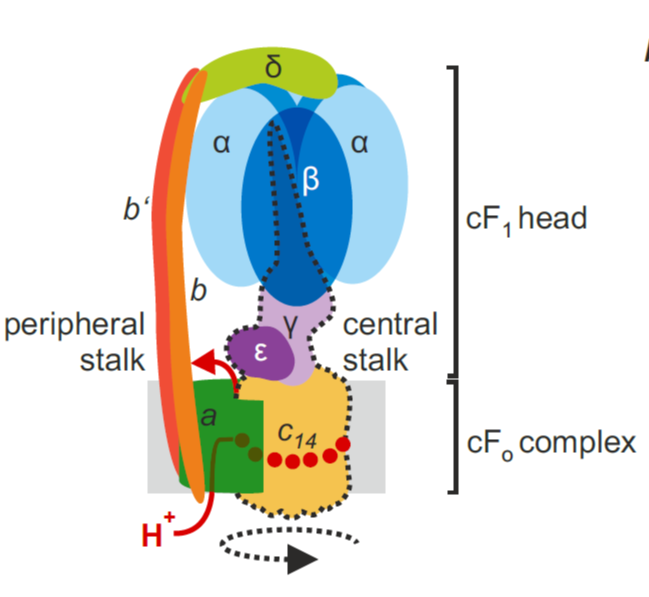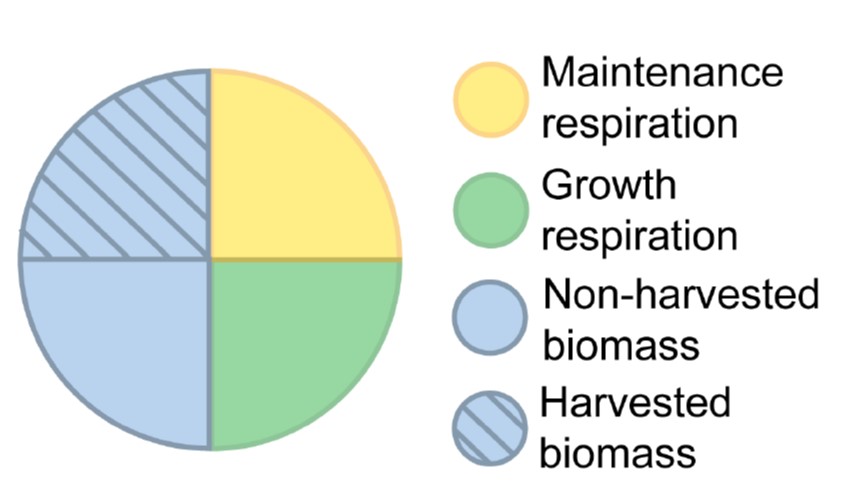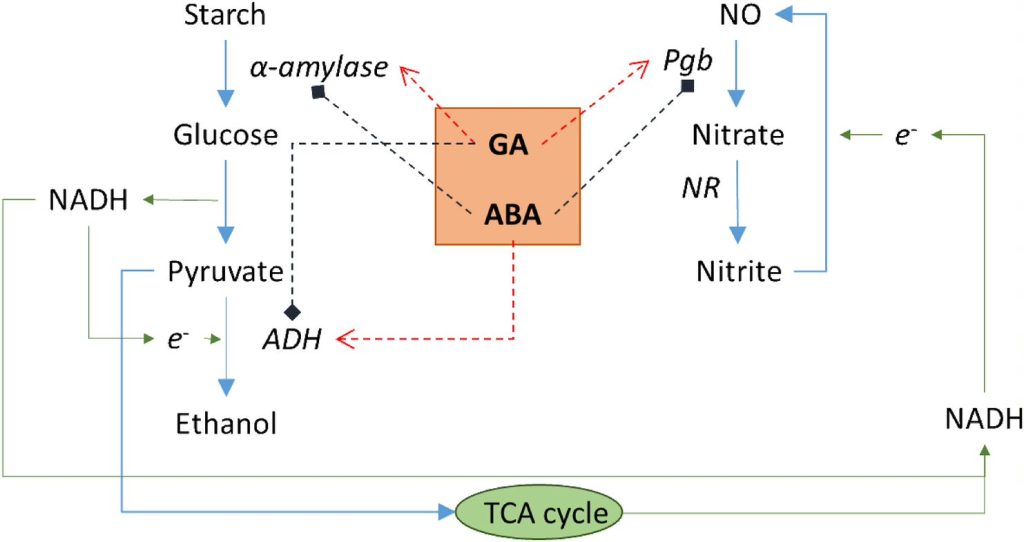
Review. Chloroplast ATP synthase: From structure to engineering
Plant Science Research WeeklyI remember how amazed I was the first time I saw an animation of ATP synthase doing its job. This fantastic engine is largely conserved across the domains of life, with some variation as highlighted in this review of the chloroplast ATP synthase by Rühle et al. The plastid form is a rotary form, written…

In tune with power: Mitochondrial regulation of energy with TOR
Plant Science Research WeeklyAs seedlings grow, they continuously fine-tune the balance between plant growth and energy consumption for better plant fitness. Mitochondria are essential to generate energy. Here, Canal et al. generated single mutants for a gene involved in the mitochondrial respiratory chain – CYTOCHROME C-1 (CYTC-1),…

Update: Plant energy expenses: How to stretch the C budget (Plant Physiol)
Plant Science Research WeeklyBalancing the books means making sure that expenses don’t exceed income. In terms of a plant’s energy budget, most of the input comes from carbon fixed during photosynthesis. The output is much more diverse. Some fixed carbon is used for growth and stored in seeds, and some is respired to release…

TOR complex regulates actin cytoskeleton dynamics through controlling ATP levels (PNAS)
Plant Science Research WeeklyTOR (Target of Rapamycin) complex is an information hub that integrates nutrition and energy signals and serves as a master regulator for multiple downstream cellular processes. The actin cytoskeleton in plant cells is highly dynamic, with rapid changes of its organization and constant turnover between…

Anaerobiosis modulation of two phytoglobins in barley (Hordeum vulgare L.), and their regulation by gibberellin and abscisic acid in aleurone cells (Plant Physiol. Biochem)
Plant Science Research Weekly
Barley seeds are anoxic, and during germination pathways are induced to allow energy to be obtained without oxygen. Phytoglobins (Pgb) are hypoxia-induced proteins that are involved in energy metabolism during germination through the Pgb-NO cycle, an alternative pathway to fermentation. In the…

